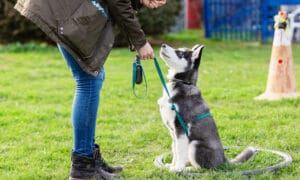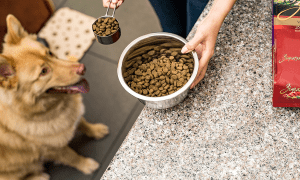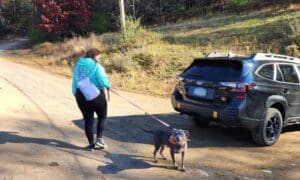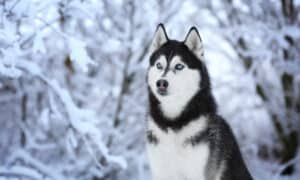“This post contains affiliate links, and I will be compensated if you make a purchase after clicking on my links.”
By now, most people should know that “dangerous breed” laws have been proven ineffective and banning dogs based on physical appearance does not help prevent problems, it just tears families with loving dogs apart.
So what are the three Most Dangerous Types of Dogs…?
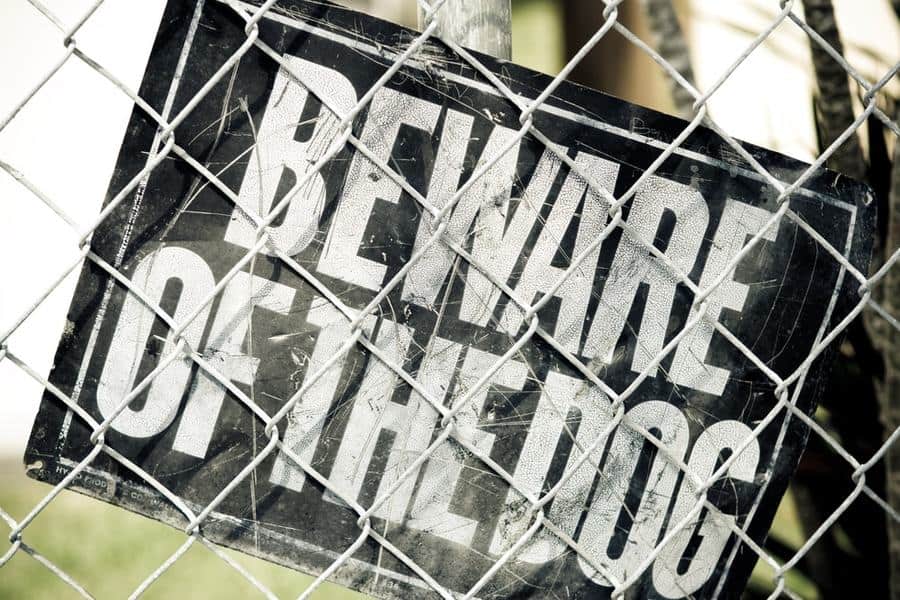
1. The Undersocialized Dog
This is by far, one of the most overlooked aspects of raising a dog. Proper socialization is ESSENTIAL. I preach the importance of early socialization for puppies between 8-16 weeks old. The vast majority of aggression cases I see stem from fear-based aggression. NOT the territorial or dominance aggression that most people think of.
A dog that is unsure or scared, is likely to react (barking, growling, lunging, biting, etc.) in order to protect themselves or their owner.
2. The Tired and Overstressed Dog
Patience and energy are finite resources, they do NOT last forever. Just like humans, if you have a long and stressful day at work, your “fuse” is much shorter and your tolerance with your family when you get home is much less. As a result, you are quick to argue or say something you would not normally say. This is no different with your dog.
Stress and fatigue builds. Your dog may be able to tolerate certain stressors for a little while, but if they are tired from a busy day, interacting too much with strange people/dogs, being pet or held too much, etc., they may be more apt to react with a bite. Even the most well-mannered dog can react when tired and stressed. So don’t put your dog in compromising situations that overly stress them. Instead, advocate for your dog by controlling and limiting certain interactions, which will help to keep your dog and the public safe.
3. The Untrained Dog
A poorly trained dog, will not only ignore your commands when it’s most important, but they also lack the vital self-confidence that they gain through proper training. Good obedience training develops a language, a system of communication between dog and owner. This builds the dog’s confidence in their family, but also the dog’s confidence in themselves and the world around them. Start with these Three Behavior Cues Every Dog Needs to Know.
Keep these things in mind and share them with your friends and family…that’s the way we can ALL help to keep our dogs happy, healthy, and safe.
Putnam NY Dog Trainer Steve Reid, of S.R. Dog Training in Putnam County NY. Learn more about Steve at www.srdogtraining.com and www.Facebook.com/SRDogTraining.




